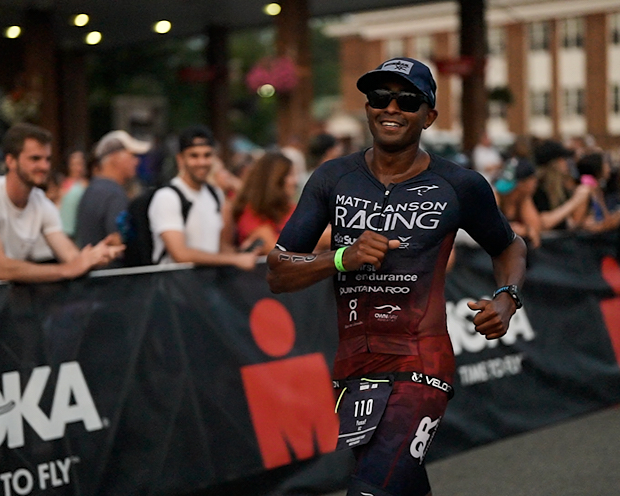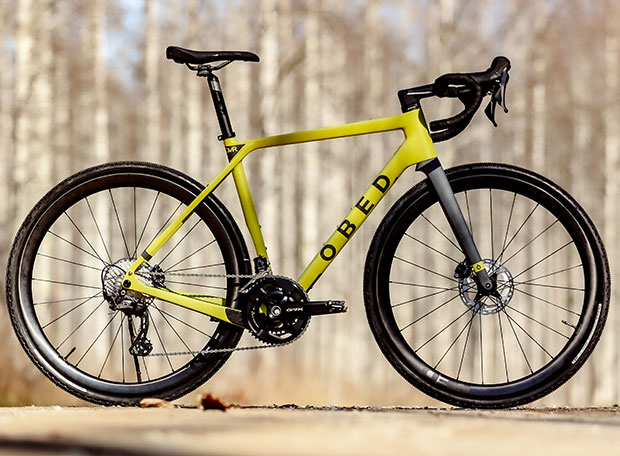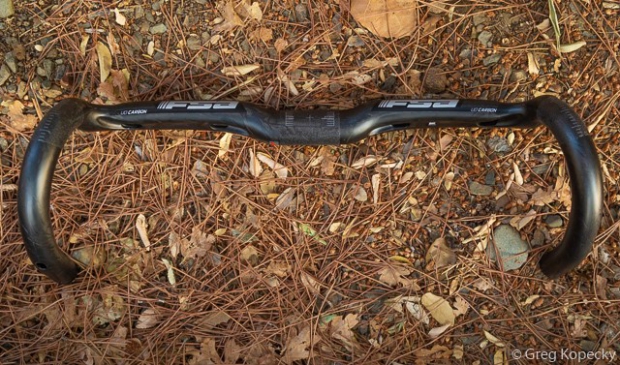What is Gravel? Rasputitsa Answers Differently
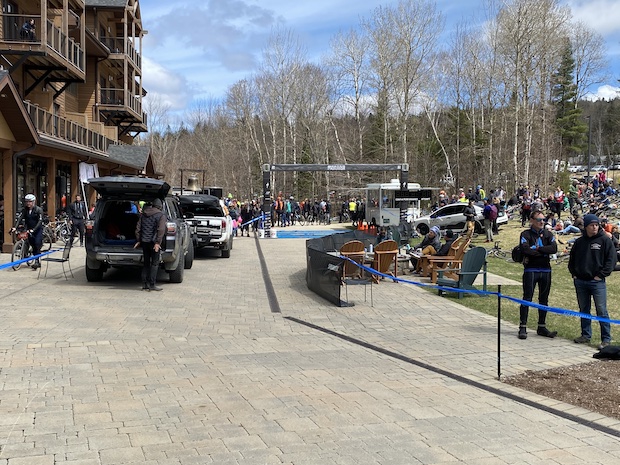
Like many outdoor activities, cycling in North America experienced a massive boom period during the COVID-19 pandemic. More people bought bikes, to the point where many shops are already saying that an order placed now might be delivered in early 2023. Spare parts are back-ordered, in some cases up to 500 days or more. There’s more people on more terrain than ever.
It does bring about a question: what is gravel?
In its early days, at any rate, gravel could frequently be described by what it wasn’t: not on paved roads; not featuring traditional professionals; not always having course markings; not having the same attitude that has frequently infected road cycling. But as the economic boom of gravel has come – Unbound, for instance, continues to require a lottery to enter, and Belgian Waffle Ride has turned into a racing series – so has some of the prevailing attitudes that can make cycling exclusionary. The “you need a specific gravel bike to be able to participate” kind of thing.
And then there’s Rasputitsa.
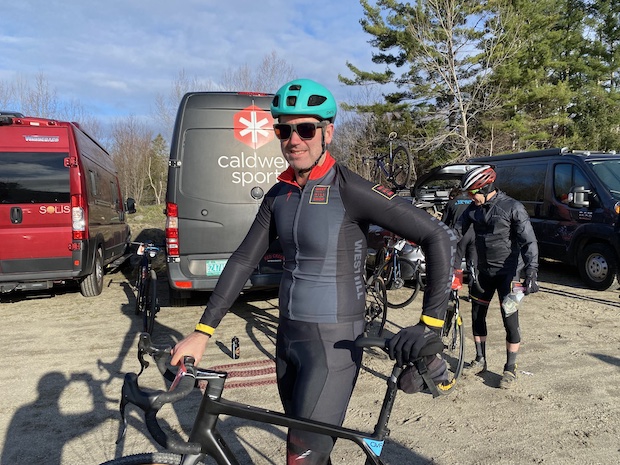
Rasputitsa is a multiple distance cycling race that finds its home in the Northeast Kingdom of Vermont. Speaking roughly, the Kingdom stretches from St. Johnsbury on the border with New Hampshire up to the border with Canada, to Jay Peak and VT Route 100 on the western edge. And the vast majority of roads in this neck of the woods are unpaved, with some even earning the distinction of being a Class IV Road – not suitable to be “negotiable under normal conditions all seasons of the year by a standard manufactured pleasure car.”
Founded in 2014 by Anthony Moccia and Heidi Myers, Rasputitsa’s always been a bit different. Whereas road surfaces for gravel events in the Midwest and West are typified by what can best be described as a proper gravel surface, Rasputitsa and other eastern events are dirt. Or, given the time of year, there’s a strong chance of mud. Mud isn’t just a word. Mud is a full season in New England, lasting around six weeks as the weather begins to thaw and the ground unfreezes. That much moisture has nowhere to drain off to, and so you wind up with extremely soft ground conditions. To put mud season in New England into perspective via words is difficult, but allow me to attempt it: I live on what would be considered a Class III road by Vermont’s definitions. It’s dirt, but required to be maintained by the town year-round for access. Mud season was so hellacious in the spring of 2021 that my Ford F150 pickup was nearly buried to the frame rails on my road.
And against that, there’s a bike race on those very same roads.
This also doesn’t begin to describe the terrain. The Northeast Kingdom lies just to the east of the Green Mountains, with the only respite from elevation being the valley edges of the Connecticut River. Flat does not exist here no matter which direction you are headed in. Roads are almost always named after a hill. For the 100 kilometer race at Rasputitsa (there are also 70K and 40K options), there’s well north of 7,000 feet of climbing. It’s bound to be a long day in the saddle.

In other words, using the metrics from my last article, the course alone is epic. The course alone would be enough to elevate this race into a bucket-list event.
Thankfully, that’s barely scratching the surface of what makes Rasputitsa special.
There’s a downright community feel at Rasputitsa. It starts with the expo. Local vendors and local goods. In the interest of being more environmentally friendly, there’s a gear repair station versus a large store selling apparel or water bottles or other petroleum-based products. (Although, now come to think of it, merino wool or flannel would be decidedly New England. I digress.) Nearest name brand hotel? 25 minutes down the road. If you’re not staying at Burke Mountain’s hotel, chances are if you’re in town you’re in an inn, a bed and breakfast, or sharing a house. Side note: you are doing yourself a disservice if you come into town and don’t go to Cafe Lotti.

On race morning, it’s a quick drive to the base lodge. The starting area at Burke Mountain just kinda pops up. There’s no banners. There’s no fencing to keep crowds away. Registration tables, port-o-johns, coffee, and a last-minute repair stand (to which I say thank you for the bar-end plug, versus the medical tape and quarter I was going to otherwise be using). On the start line, you’ll find every kind of bike you could imagine. From fixies to fat bikes, Campagnolo Nuovo Record circa 1970 to Ekar 1 x 13, and anything and everything in between, Rasputitsa is a celebration of the “run what you brung” attitude. Whatever bike it is, ride it.
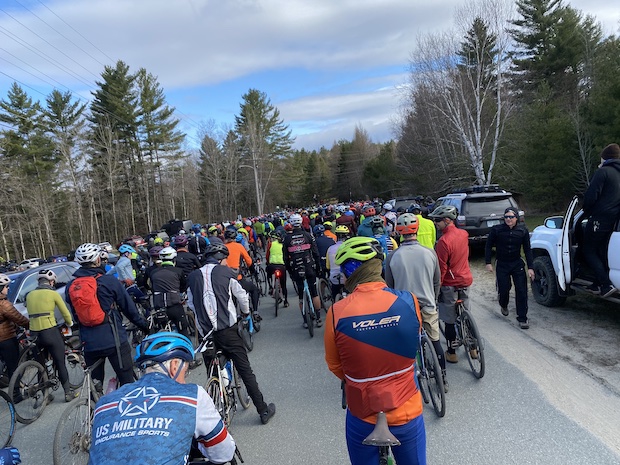
It is decidedly a small-town race vibe until you start rolling downhill with 1,000 or so of your new closest friends. And you really do become friends with the people you ride with. The bond of taking on something somewhat ridiculous and sharing it with others. It’s as simple as making sure that those who suffer mechanical or bodily failure have everything that they need to get back going again. When I cramped severely on the second to last major climb of the day, I was asked no less than 20 times if I had everything I needed and was given enough salt from fellow racers to glue myself back together again.
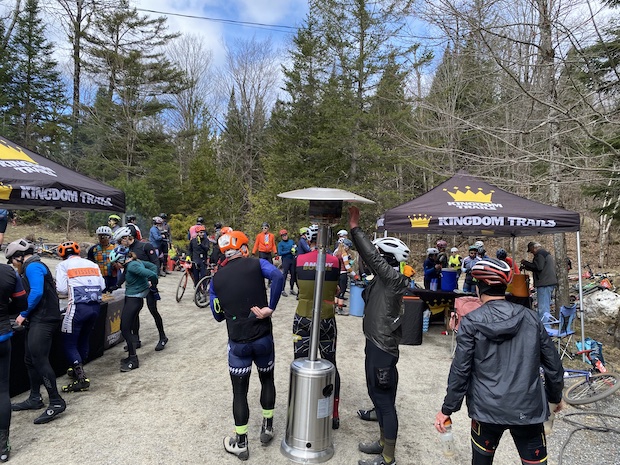
The community vibe extends beyond the racers. Two pop-up aid stations (one from Kingdom Trails, which was a lifesaver, and one whiskey/Jello shot/cookie stop) made sure racers stayed properly hydrated and having fun. The course winds its way through Dirt Church Brewing Company, offering a final respite before the last two climbs of the day with $5 beer hand ups. Forgot your cash? Well, there’s bound to be someone else offering domestic hand-ups along the final stretch of the course – if you had a hankering for cheap American lager, you had a full choice of offerings and some words of encouragement to wrap up your ride.
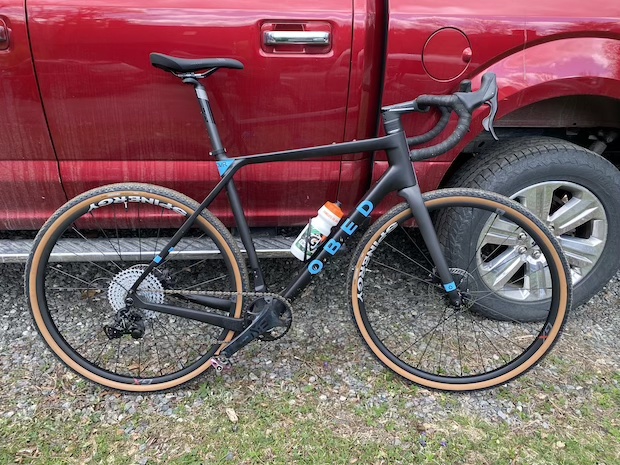
And, oh, the ride. My ride of choice was OBED’s new GVR, with the previously mentioned Campagnolo Ekar groupset. I’ll be doing a longer form review of this bike in the near future, but this event was what this bike was here for. The GVR was a near perfect partner for this course – light enough and with short enough gearing to make spinning up most of the climbs a delight, yet plenty stable when descending on dirt (I hit a top speed of 50 MPH). I also attribute that handling down to the FSA A-Wing AGX Alloy ACR bar – this is, for my money, the best drop bar on the market. I’m putting it on every bike I own. The only niggle I had was with the Ekar brakes – far too much bite on the initial grab, and easy to lock up a wheel on loose surfaces.
All day, it was an absolute blast. It was everything I love about racing, and New England, and community, wrapped into a single day. It was a day I needed. It’s frankly a day most people would benefit from. And probably the thing that I will point to when people ask that question: what is gravel? Well, in my opinion, it should be this.


